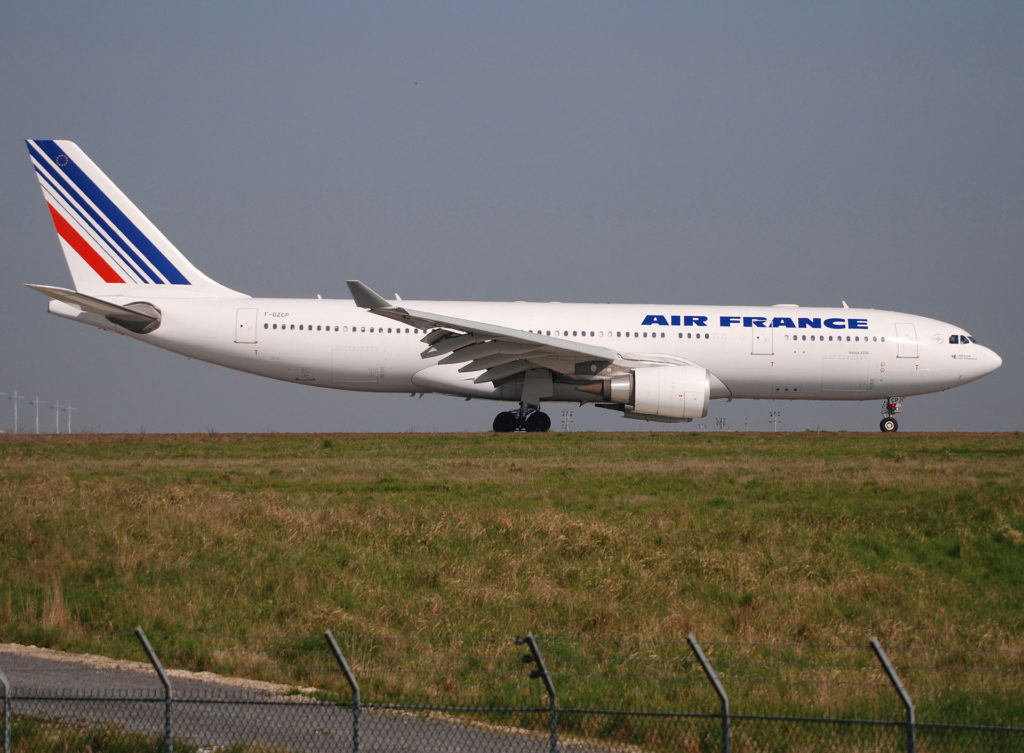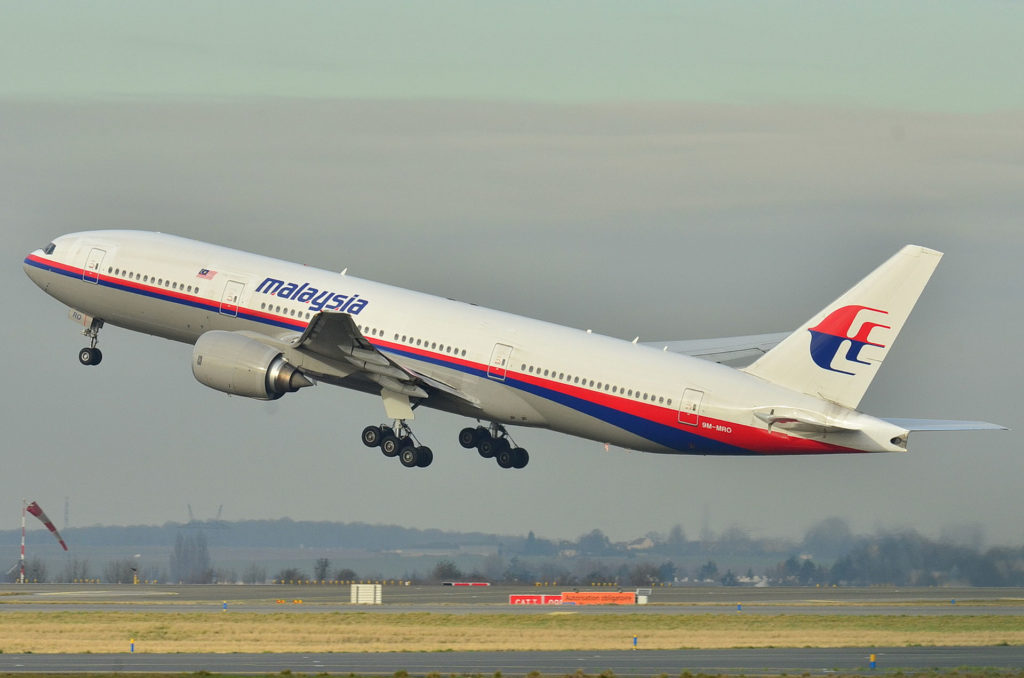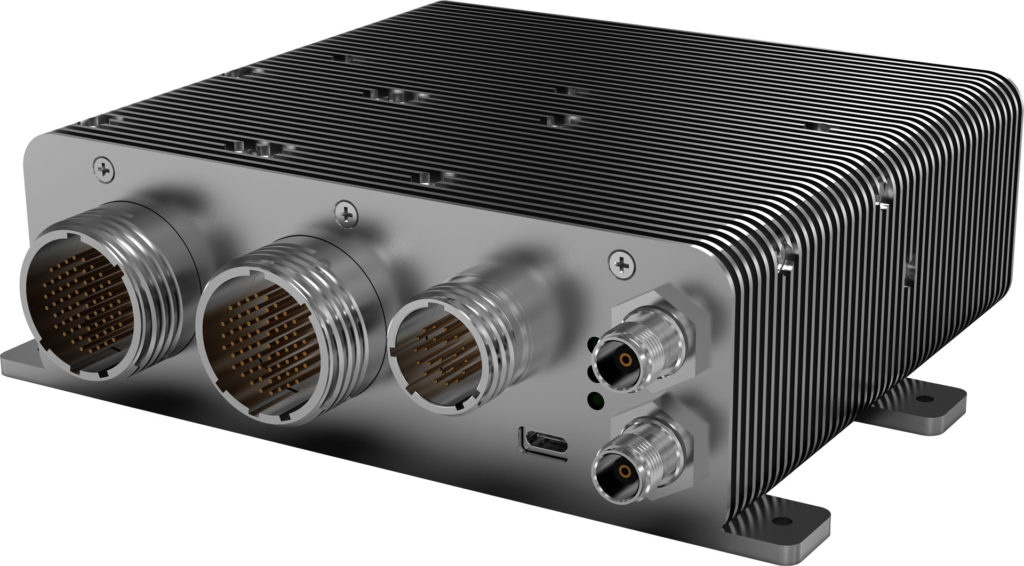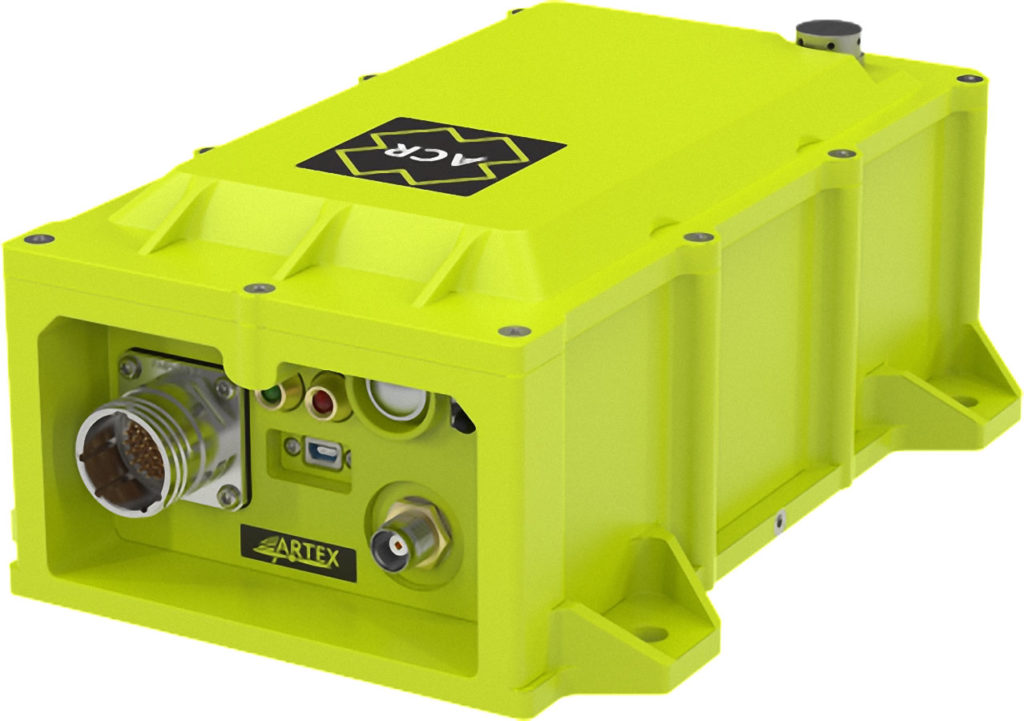Estimated reading time 12 minutes, 27 seconds.
“One of the many reasons why aviation maintains a high level of safety is the willingness to learn important lessons from rare events.”
The International Civil Aviation Organization (ICAO) emphasized this point in its 2017 report about the importance of something known as GADSS, or Global Aeronautical Distress & Safety System. We’ll learn more about GADSS later. But first, what were the “rare events” that ICAO was referring to?
The first was Air France Flight 447 (F-GZCP), a scheduled international passenger flight from Rio de Janeiro, Brazil, to Paris, France, that crashed into the Atlantic Ocean on June 1, 2009, killing all 228 passengers and crew. It was a loss of control incident, where the pilots were forced to fly the Airbus A330 manually at altitude after the flight computer disconnected the autopilot and withdrew flight envelope protection.

The second rare event, and certainly one of the most unusual, was Malaysia Airlines Flight 370 (9M-MRO), which disappeared on March 8, 2014, while en route from Kuala Lumpur International Airport to Beijing Capital International Airport. There were 239 passengers and crew on board, all presumed dead. The disappearance of the Boeing 777, which vanished from radar without a trace, is one of aviation’s biggest mysteries.
(Nearly eight years later, reports released around Dec. 4, 2021, suggest the whereabouts of the missing aircraft may no longer be a mystery. British aeronautical engineer Richard Godfrey has spent the last year working with a team to combine Inmarsat satellite data, Boeing performance data, Oceanographic floating debris drift data, and WSPR net data to attempt to calculate the location of MH370. According to Godfrey’s data calculations, the aircraft is believed to have crashed 33 degrees south and 95 degrees east in the Indian Ocean. At press time, the new theory had not been confirmed.)
What do both of these rare events have in common? They demonstrate the limitations in the current air navigation system that have impeded timely identification and localization of aircraft in distress — also affecting search-and-rescue efforts and recovery operations.
Surely, there has to be a way to ensure that aircraft don’t get lost.

During an ICAO-led “Multidisciplinary Meeting on Global Flight Tracking” — which we can only assume was nothing short of thorough — the GADSS concept of operations was born.
ICAO established the initiative in March 2016, with the goal to enhance or enable aircraft tracking, Autonomous Distress Tracking (ADT), and Post Flight Localization and Recovery. Ultimately, rescue coordination centers and airline operations control centers will receive advanced warning, as well as an aircraft’s precise location, if a distress scenario is detected.
Initially, operators and stakeholders were given a deadline of January 2021 to comply with the GADSS initiative. But when it comes to the distress tracking/ADT element of GADSS, there are many moving parts.
In a nutshell, the ADT mandate applies to aircraft with a maximum takeoff weight over 60,000 pounds (27,000 kilograms) with an airworthiness certificate. To comply, these aircraft require technology that autonomously transmits position information once every minute or less when the aircraft is in distress.
While the flight tracking mandate is already in force (and airlines are complying), there are multiple countries that have yet to outline their national regulations in support of the one-minute standard for distress operations. On top of that, ADT service providers have been working ‘round the clock to develop the appropriate technology, and OEMs have felt the pressure to modify their line production in time. So, in mid-2020, ICAO agreed to delay the ADT element of GADSS to January 2023 for new-build aircraft.
While all of this was unfolding, SKYTRAC was working quietly at its Kelowna, British Columbia, headquarters to develop an all-new, GADSS-compliant distress tracking system.

SKYTRAC’s ADT-5000 distress tracking module. SKYTRAC Image 
ACR Electronics’ Artex ELT-5000 emergency locator transmitter with distress tracking unit. ACR Image
Total Package
The avionics and satellite communications company has been involved in aircraft tracking for the past 35 years. More recently, SKYTRAC has evolved to focus on intelligent connectivity, and different avenues to get data on and off aircraft. When the GADSS initiative came about roughly six years ago, it was “within the scope of SKYTRAC’s core competence,” said director of business development, Ruben Stepin.
The company began work three years ago to develop a distress detection unit for aircraft distress scenarios. Now, SKYTRAC is marketing its brand-new ADT-5000 distress tracking hardware alongside the Artex ELT-5000 — the emergency locator transmitter with distress tracking (ELT-DT) technology developed by sister company ACR Electronics.
“What we have achieved or, rather, will be achieving [come January 2023], is that no aircraft will ever get lost again,” emphasized Stepin.
Allow us to explain how the technology works.
Essentially, the ELT-DT works as a transmission device, with the ADT module as a triggering device. A variety of aircraft data, such as speed and altitude, are fed to SKYTRAC’s ADT-5000 module. The unit continuously monitors these parameters, and can autonomously determine if the aircraft is in a normal state of flight or a distress state of flight. If it’s the latter, the ADT-5000 sends a trigger to the ELT-DT, which then sends signals to the ground. The signals are sent once every five seconds for the first 30 seconds, and then once per minute for the next five minutes.
“The data then goes through the International COSPAS-SARSAT Program — an emergency satellite network that has already been active for many years,” explained Stepin. “There have also been early conceptual discussions to adjust the process to forward this information to what is called the ‘ICAO LADR,’ which is the ICAO Location of an Aircraft in Distress Repository. This could potentially allow multiple stakeholders to have access to the data at the same time.

“It sounds very simple, but there is quite a bit of complexity,” continued Stepin. “COSPAS-SARSAT has to receive the signal while the aircraft is moving in flight; it has to then receive the data on the ground and forward it to the ICAO LADR; then the repository would allow search-and-rescue, air traffic services, and airliners around the world to securely access that database so they know location of the aircraft in distress.”
The two key components that make all of this possible are the ADT module and the ELT-DT unit. While SKYTRAC has partnered with ACR Electronics to utilize its Artex ELT-5000, Stepin said SKYTRAC’s ADT-5000 is, in fact, configurable with any ELT-DT system on the market.
“But it must be a ‘DT’ for the distress triggering purpose,” stressed Stepin. “[The ADT-5000] can’t just trigger any ELT, it has to be an ELT-DT.”
Other components of SKYTRAC’s GADSS package include a cockpit panel where the pilot can manually activate a distress signal (in addition to the automated distress signal), and the external antenna for the ELT-DT.
SKYTRAC’s distress tracking capabilities have come a long way since development began. In February this year, the company made the decision to expand into Ottawa with a team dedicated to research and development in support of Iridium Certus and GADSS solutions for the commercial airline industry.
Moreover, SKYTRAC doubled the size of its Kelowna-based office space, and also invested in infrastructure improvements at its Victoria, British Columbia, facility — which the company gained from its 2018 acquisition of Latitude Technologies.

Then, in mid-2021, things really took off with SKYTRAC’s GADSS technology. “It all came to fruition once we had a commitment from an OEM that wanted to participate in our distress tracking solution,” said Stepin.
Full Speed Ahead
The world’s third-largest commercial aircraft manufacturer, Embraer, made the decision this year to select SKYTRAC’s ADT-5000 and ACR Electronics’ ELT-DT technology to meet ICAO’s GADSS recommendations. In announcing the agreement in October 2021, Embraer confirmed it will install the SKYTRAC/ACR GADSS components on its E2 jets as a “line-fit, factory-installed solution before delivery to airlines.”
In other words, this is a big milestone for SKYTRAC.
“We are very proud to have partnered with a major OEM from Brazil to have our technology forward fit on every aircraft for autonomous distress tracking,” said Stepin.
It’s an important milestone for Embraer, too.
“They have gained a partner with many, many years of experience in aircraft tracking and triggering solutions,” added Stepin.
“And I must say, working with the Embraer team so far has brought to light that they are experts in avionics and aircraft, and have a very intelligent team. So I think the capabilities of both companies match well, which I’ve really enjoyed.”
Now that SKYTRAC is working with Embraer, Stepin said the company is working “full speed ahead” to meet the approaching January 2023 date. But he’s confident in both the SKYTRAC and ACR Electronics teams to get the job done.
So, what does the future hold for SKYTRAC’s distress tracking technology?

The initial focus for the ADT-5000 was to satisfy the new regulations and meet forward-fit requirements. While that’s still the case, Stepin said SKYTRAC and Embraer would be interested in looking at retrofit scenarios, too.
“A lot of customers who put this on one aircraft will want to put this on all of their aircraft for fleet commonality,” he explained, “as well as to ensure customer safety, so that customers feel safe not only on the newest generation aircraft, but also on the other aircraft that are available with an airliner.”
For Stepin, GADSS technology is one more step toward making air travel as safe as it can be — with Skytrac ready to make safer operations possible.
“The whole [GADSS] concept is so important. . . . It means search-and-rescue will be able to deploy its resources earlier in order to increase the chances of survival in the case of an accident or emergency flight scenario,” said Stepin.
“We are moving into the future of where we need to be to feel safer on flights.”




Wonder what it costs?